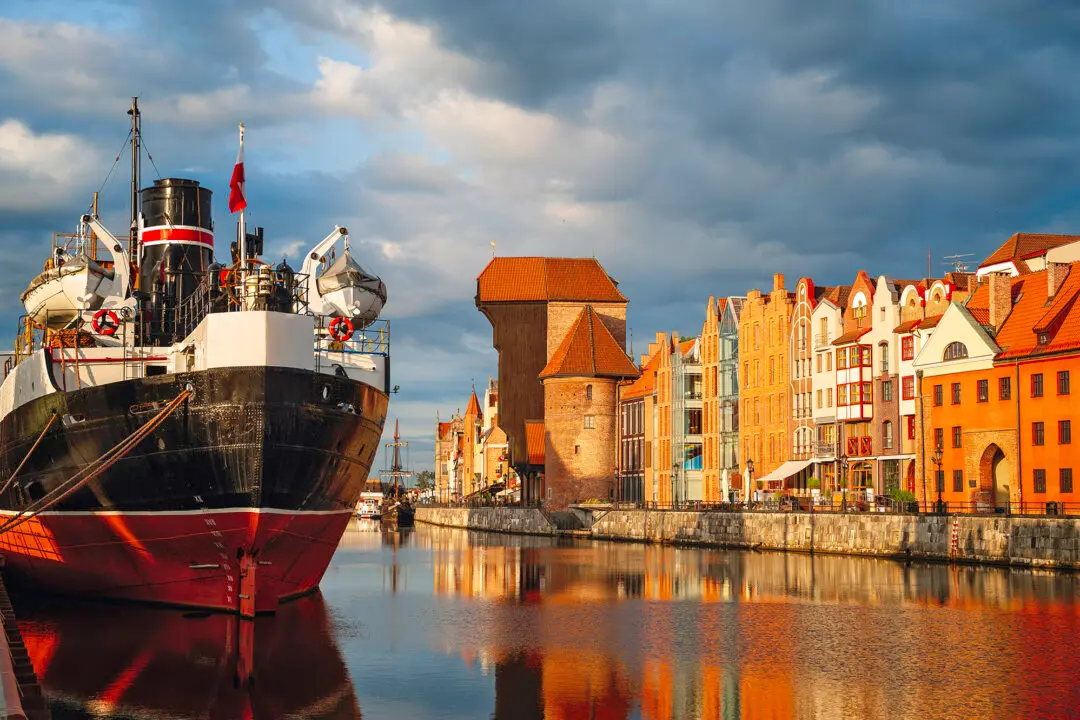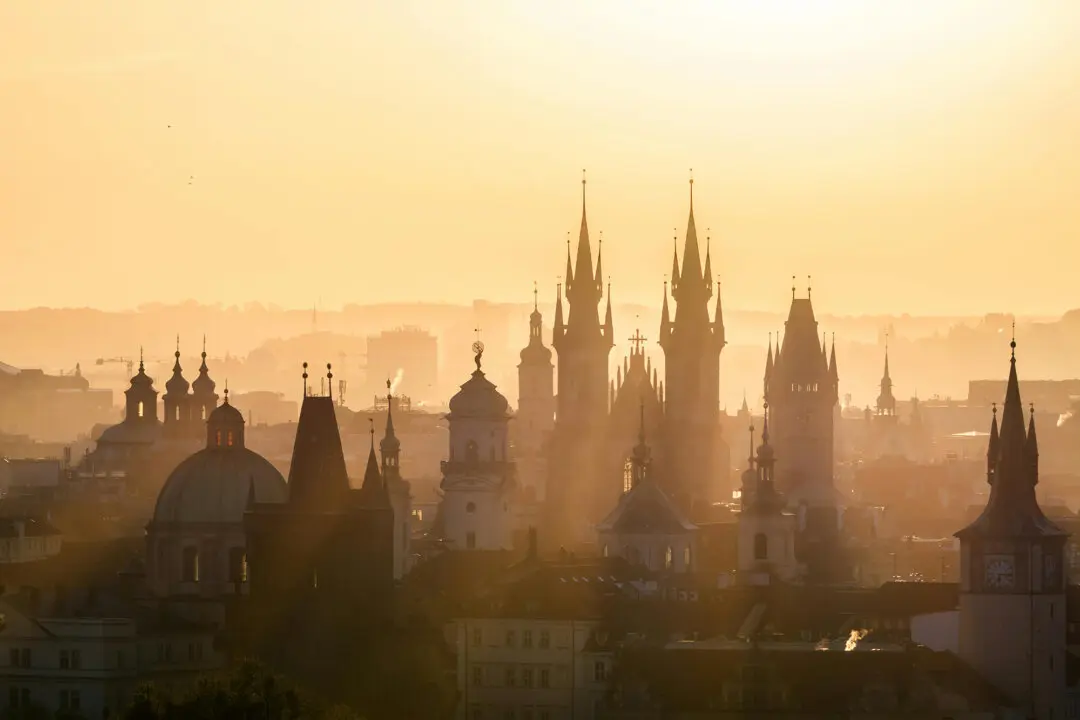The train wound into a serpentine gully, the small stations feeling increasingly remote and old-fashioned, as if time and distance were interlinked. Leaving Sydney’s busy Central Station just a couple hours ago made this feel like a commuter trip. The silver double-decker train slipped past the gleaming skyscrapers of the Central Business District, which slowly gave way to the suburbs—leafy blocks of single-family homes, often with a busy pub on the corner.
But then it felt like we’d almost reached the clouds. Ridership thinned as the last of the city workers disembarked, leaving just a fortunate few of us to snake higher and higher into the Blue Mountains. While the windows of the carriage mostly faced out onto forest and rock walls, every so often a vista flashed into view. The horizon dropped away to forever, revealing bluish-green ridge lines as far the eye could see.





